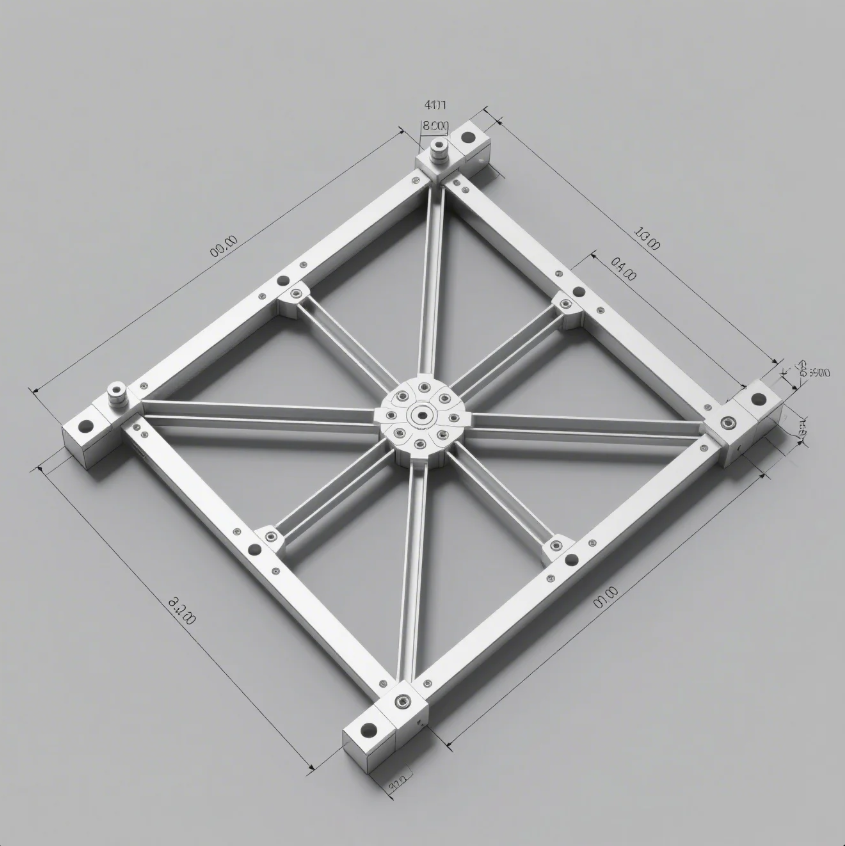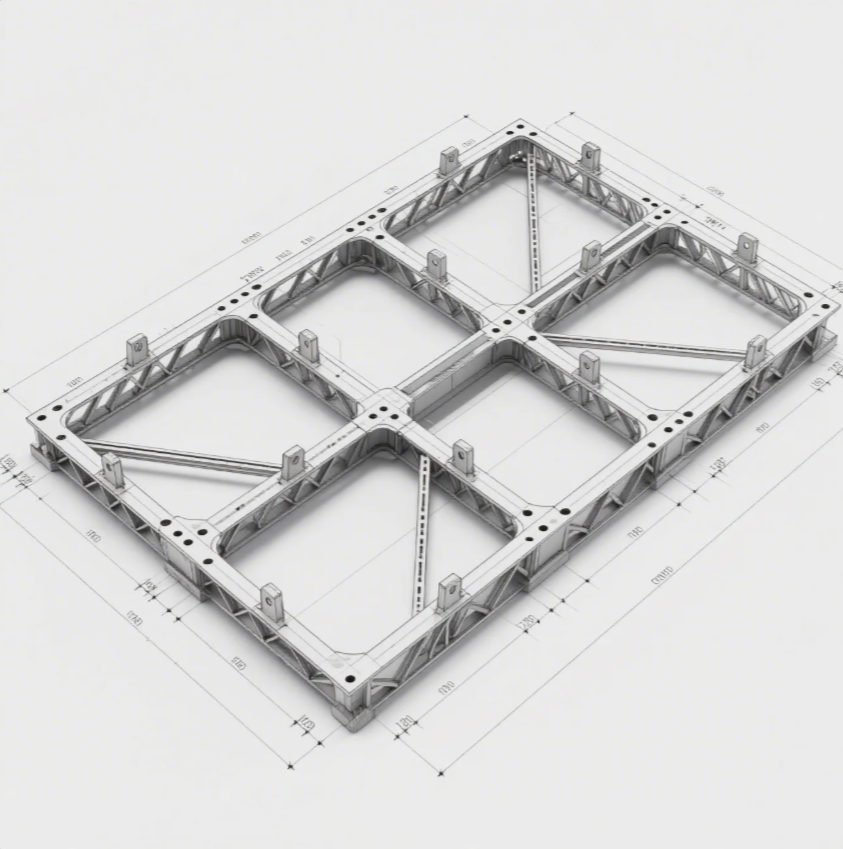What is a flat organizational structure?

A flat organizational structure is one where there are few or no levels of middle management between staff and executives. This structure is known for promoting a more open and collaborative work environment, allowing employees to have more direct access to decision-makers.
Snippet paragraph: A flat organizational structure reduces management layers, fostering communication and collaboration across all levels of an organization.
Let’s explore the concept of a flat organizational structure and the benefits and challenges that come with it.
What is the meaning of flat organizational structure?
A flat organizational structure is an approach where an organization has a minimal number of management layers. Instead of having several levels of management between the staff and top executives, a flat structure has fewer hierarchical levels. This structure encourages communication and decision-making to be more direct, empowering employees at all levels to contribute and collaborate.
Snippet paragraph: A flat structure has few management levels, creating a direct line of communication between staff and leadership.

Dive-Deeper paragraph:
In a flat organizational structure, decision-making power is often more distributed, and employees are encouraged to take on responsibilities and roles beyond their formal job titles. This structure is especially common in small companies or startups, where flexibility and adaptability are essential for growth. With fewer hierarchical levels, employees can communicate more openly with management, and managers are closer to the day-to-day operations of the business.
In practice, a flat structure leads to greater transparency, as employees feel more involved in the decision-making process and can easily approach their managers for guidance. However, this structure may also come with challenges as the organization grows, particularly when it comes to scaling up and maintaining order.
Key Features of a Flat Structure:
| Feature | Description |
|---|---|
| Few Hierarchical Levels | Limited number of management layers |
| Increased Autonomy | Employees have more decision-making power |
| Open Communication | Less bureaucracy leads to faster, clearer communication |
While a flat structure encourages creativity and innovation, it can be difficult to manage as the organization grows and the scope of work expands.
What are a flat structure's advantages and disadvantages?
Flat structures offer several benefits, but they also come with certain drawbacks. Here’s a breakdown of both:
Advantages:
- Improved Communication – With fewer layers of management, information can flow more freely between employees and leaders.
- Increased Employee Involvement – Employees have more opportunities to contribute ideas and make decisions, leading to higher engagement and job satisfaction.
- Faster Decision-Making – The elimination of layers of bureaucracy means decisions can be made more quickly, which is important for adapting to changes.
Disadvantages:
- Limited Career Growth – With fewer management positions, employees may have fewer opportunities for promotion.
- Potential for Role Ambiguity – In the absence of clear managerial hierarchies, employees might struggle with unclear roles and responsibilities.
- Overburdened Managers – With more direct reports, managers may become overwhelmed by the increased scope of their responsibilities.
Snippet paragraph: A flat structure offers quick decision-making and improved communication but may limit career advancement and cause role ambiguity.

Dive-Deeper paragraph:
While a flat structure encourages a collaborative work environment, it also places more demands on employees and managers. For instance, employees may find themselves taking on multiple roles, which can be rewarding but might also lead to stress if expectations are not clearly defined. In some cases, the lack of middle management can create confusion around who is responsible for certain tasks, especially as the company grows.
Managers, too, can become overwhelmed in a flat organization, as they may need to manage a larger number of direct reports, each with varying needs. This can make it harder for managers to give their full attention to any one employee or issue.
Pros and Cons of Flat Structure:
| Advantages | Disadvantages |
|---|---|
| Enhanced communication | Limited career advancement opportunities |
| Greater employee autonomy | Role ambiguity and unclear responsibilities |
| Faster decision-making | Managers may struggle with an increased span of control |
Despite the challenges, many startups and smaller organizations prefer flat structures because they help maintain flexibility and a close-knit, collaborative atmosphere.
What are the 4 types of organizational structures?
There are four primary types of organizational structures used by businesses:
- Functional Structure – Groups employees based on their job functions, such as marketing, finance, or human resources.
- Divisional Structure – Divides the company into smaller divisions based on products, services, or geographic regions, with each division operating autonomously.
- Matrix Structure – Combines elements of functional and divisional structures, where employees report to both functional managers and project managers.
- Flat Structure – Features few management layers, emphasizing direct communication and decision-making across all levels of the organization.
Snippet paragraph: The four main organizational structures—functional, divisional, matrix, and flat—each serve different needs in an organization.

Dive-Deeper paragraph:
The functional structure is often found in large organizations, where departments are clearly defined and specialized. It provides clear lines of responsibility but can lead to silos if departments do not collaborate effectively.
The divisional structure is best for large companies with diverse products or services. It allows for flexibility within each division but can lead to inefficiency or duplication of resources.
The matrix structure is a hybrid of functional and divisional structures and works well in complex organizations where multiple skills are needed for projects. However, it can create confusion due to the dual reporting lines.
The flat structure, as discussed, reduces hierarchical layers, promoting collaboration and quick decision-making. However, it may be less effective as an organization grows and the demands of management increase.
Overview of Organizational Structures:
| Structure | Key Features | Best Use Case |
|---|---|---|
| Functional | Employees grouped by function | Large organizations with specialized departments |
| Divisional | Divided by product, service, or geography | Companies with diverse offerings or geographic locations |
| Matrix | Combination of functional and divisional | Projects requiring cross-functional collaboration |
| Flat | Few management layers, direct communication | Small to medium-sized businesses, startups |
Choosing the right structure depends on the company’s size, industry, and objectives.
Is a flat hierarchy good?
A flat hierarchy can be beneficial in certain situations, particularly in small to medium-sized companies or startups. It promotes open communication, fosters a collaborative environment, and can lead to more rapid decision-making. However, it may not be suitable for larger organizations or those that require more formal management structures.
Snippet paragraph: A flat hierarchy works well in smaller, dynamic organizations but may face challenges as the company grows.

Dive-Deeper paragraph:
A flat hierarchy is especially good for fostering a culture of innovation and empowerment. Employees at all levels are encouraged to share ideas, contribute to decision-making, and take on additional responsibilities. This often leads to higher engagement and a stronger sense of ownership in the organization’s success.
However, as the company grows, a flat structure may begin to show limitations. For larger organizations, a more hierarchical structure may be necessary to manage complexity, maintain order, and clearly define roles and responsibilities. As companies scale, they may need to introduce additional layers of management to provide oversight and ensure that operations run smoothly.
Pros and Cons of a Flat Hierarchy:
| Pros | Cons |
|---|---|
| Encourages collaboration | Limited opportunities for career advancement |
| Faster decision-making | Can lead to role ambiguity |
| Greater employee autonomy | Managers may struggle with larger teams |
In the right context, a flat hierarchy can be an excellent choice for creating a responsive, innovative organization. However, its effectiveness depends on the company’s size, industry, and management needs.
Conclusion
A flat organizational structure fosters communication and collaboration but can face challenges as the company grows. It’s ideal for smaller companies looking for flexibility and empowerment.







